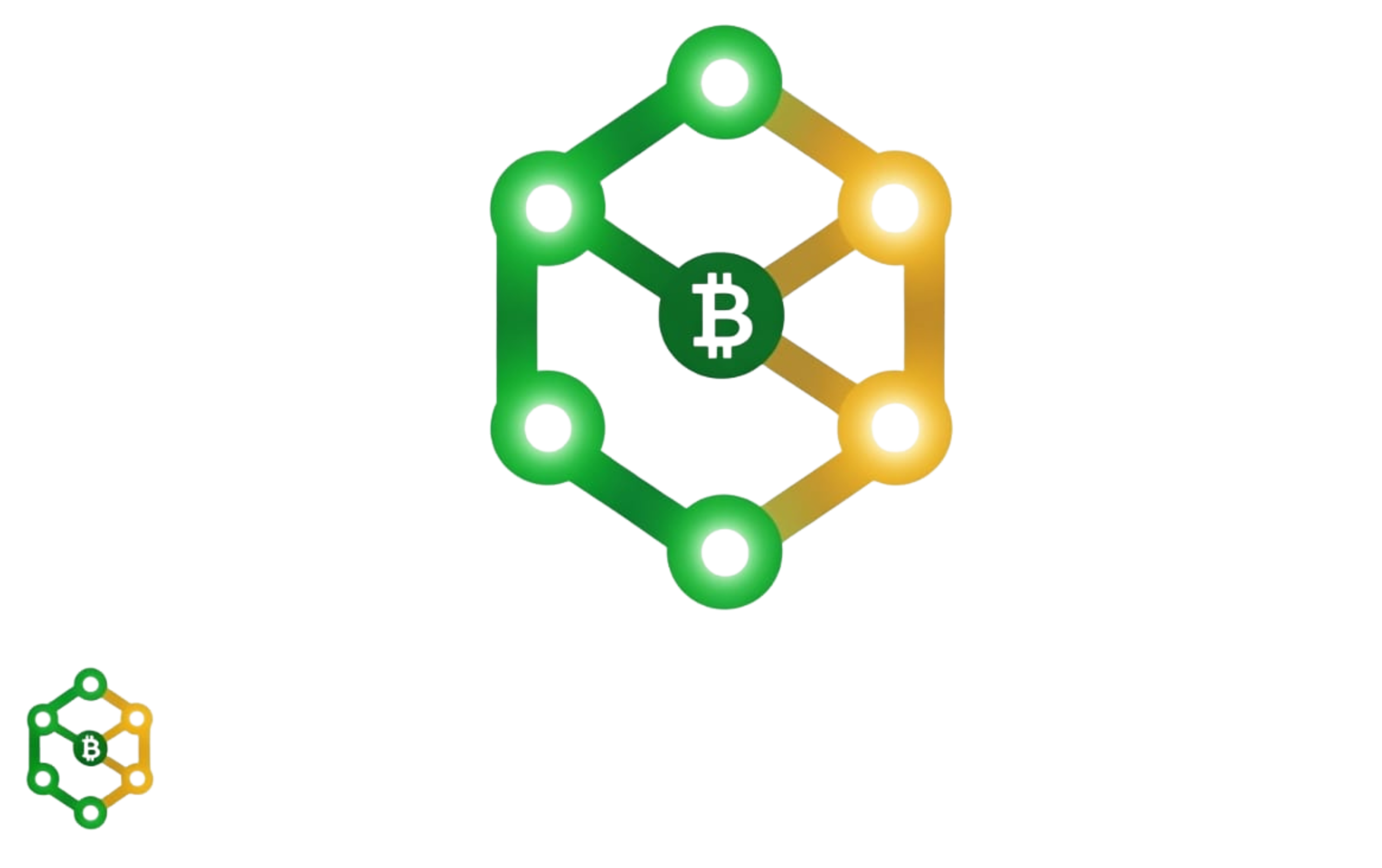The tokenization of real-world assets (RWAs) is emerging as a structural transformation in global finance, with projections suggesting that over $600 billion worth of assets will be tokenized by 2030. By converting tangible or financial assets into blockchain-based digital tokens, institutions are unlocking new levels of liquidity, automation, and accessibility across capital markets. What was once an experimental concept now stands at the core of the next evolution in asset management and settlement systems.
What Is Tokenization, and Why Does It Matter?
At its core, tokenization refers to the process of representing ownership of an asset—such as U.S. Treasuries, private credit, or even real estate—as a programmable digital token on a blockchain network. These tokens are managed via smart contracts that encode the rules governing ownership, transferability, and economic rights. Unlike traditional securities infrastructure, which relies heavily on intermediaries and custodians, tokenized assets offer peer-to-peer transfer, real-time tracking, and increased automation.
This shift is reminiscent of the dematerialization of paper securities in the 1980s, but with broader implications. Tokenization compresses the cost and time involved in asset issuance, trading, and settlement, while also making niche or illiquid assets more accessible to a broader investor base.
A Growing Market: Where Tokenization Is Gaining Traction
According to data from Plume, the market value of tokenized real-world assets has grown sharply since late 2021. Leading the pack are U.S. Treasuries and private credit, followed by tokenized commodities and other institutional-grade products. The acceleration has been driven in part by demand from asset managers and fintech firms seeking faster, cheaper alternatives to legacy infrastructure.
One of the key enablers of this shift is atomic settlement, a process where both sides of a transaction—delivery and payment—are executed simultaneously. This reduces counterparty risk and enhances trust, especially in markets that operate across jurisdictions and time zones. As a result, tokenized money market funds and fixed-income instruments are increasingly viewed as viable tools for collateral management and liquidity provisioning.
Structural Benefits: Liquidity, Transparency, and Customization
Tokenization unlocks liquidity for assets that are traditionally difficult to fractionalize or trade. For example, a commercial property or a private loan portfolio can be broken into digital units and traded globally, 24/7. Investors gain exposure to high-barrier asset classes, while issuers benefit from access to new pools of capital.
Beyond liquidity, blockchain offers enhanced transparency. Each transaction is publicly verifiable, immutably recorded, and executed according to pre-programmed logic. This architecture eliminates the need for multiple reconciliations, audits, or intermediaries, reducing both risk and cost.
Perhaps most critically, tokenized instruments are programmable. This means they can incorporate dynamic rules—such as time-based vesting, automated dividend distribution, or access control—at the asset level. Such flexibility is virtually impossible with traditional paper-based securities.
Challenges Ahead: Regulation, Risk, and Behavioral Factors
Despite its promise, tokenization faces meaningful challenges. Regulatory clarity remains uneven across jurisdictions, with many governments struggling to classify digital tokens as securities, commodities, or something else entirely. Compliance with AML/KYC standards, tax reporting, and investor protections is also evolving in real-time.
Technology risk is another concern. Systemic vulnerabilities, protocol failures, or smart contract bugs could lead to significant losses. Furthermore, markets built around tokenized assets may be susceptible to behavioral distortions such as herd mentality or speculative bubbles—particularly when access is extended to unsophisticated retail investors.
There is also the issue of information asymmetry. In a decentralized market, where due diligence tools and disclosures are not standardized, pricing efficiency may be compromised. This creates an environment where early movers could exploit gaps before proper governance mechanisms are in place.
The Outlook: From Niche Innovation to Core Market Infrastructure
Despite the challenges, the long-term trajectory of tokenization appears firmly upward. Central banks, institutional asset managers, and global exchanges are actively exploring how tokenized assets can be integrated into core infrastructure. As blockchain networks become faster and more secure—and as regulatory frameworks mature—the line between traditional and digital assets will continue to blur.
Ultimately, tokenization is not just a new product category; it’s a redesign of how ownership, value, and trust are encoded in the global financial system. From fractional real estate to on-chain government bonds, the possibilities are expanding—and market participants who adapt early may enjoy a structural advantage in the next financial cycle.
As the tokenized economy scales, investors, regulators, and technologists alike will need to collaborate to ensure it delivers on its promise: efficient, inclusive, and resilient capital markets built for the digital age.













https://shorturl.fm/UuRZt
https://shorturl.fm/csO3u
https://shorturl.fm/Vk7v6
https://shorturl.fm/np2vx
https://shorturl.fm/d0U1t
https://shorturl.fm/OCuF1
https://shorturl.fm/1E2KQ
https://shorturl.fm/nHmtE
https://shorturl.fm/QdjKm
https://shorturl.fm/Yfqn7
https://shorturl.fm/3uEsE